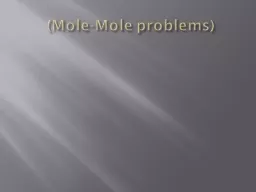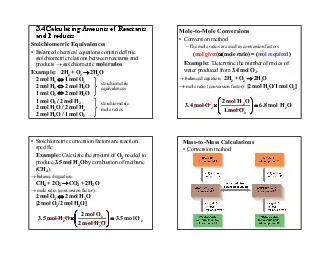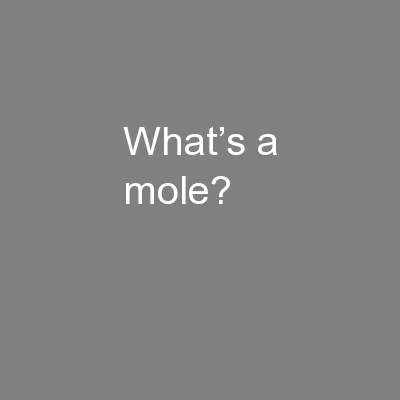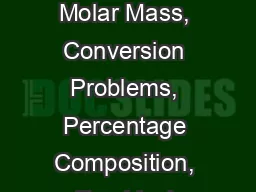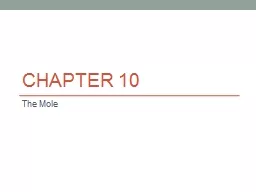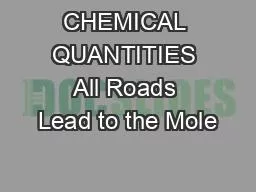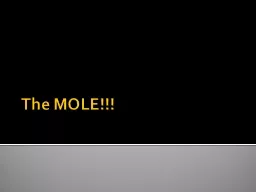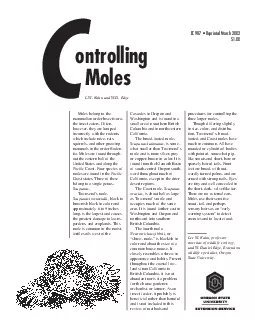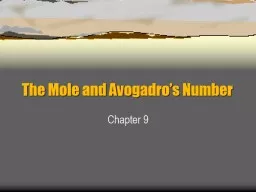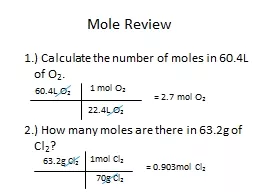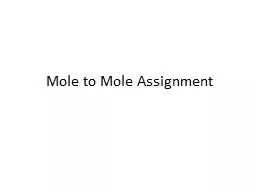PPT-(Mole-Mole problems) (Mole-Mole problems)
Author : bitechmu | Published Date : 2020-07-01
Use the coefficients to predict the amount of reactant consumed or product formed The ratio of the coefficients is a ratio of the moles taking part in a reaction
Presentation Embed Code
Download Presentation
Download Presentation The PPT/PDF document "(Mole-Mole problems) (Mole-Mole problems..." is the property of its rightful owner. Permission is granted to download and print the materials on this website for personal, non-commercial use only, and to display it on your personal computer provided you do not modify the materials and that you retain all copyright notices contained in the materials. By downloading content from our website, you accept the terms of this agreement.
(Mole-Mole problems) (Mole-Mole problems): Transcript
Download Rules Of Document
"(Mole-Mole problems) (Mole-Mole problems)"The content belongs to its owner. You may download and print it for personal use, without modification, and keep all copyright notices. By downloading, you agree to these terms.
Related Documents

